 Psssst….RootsTech is back, Y’all…in a BIG way – so spread the word! Not that it was ever really gone – but the bad reports from last year had me worried. Despite my inclination to be a wordy blogger – I must admit I am almost speechless where RootsTech 2019 is concerned. This year’s conference surpassed my grandest expectations – and I can safely declare that this was (by far) the best one I’ve experienced yet.
Psssst….RootsTech is back, Y’all…in a BIG way – so spread the word! Not that it was ever really gone – but the bad reports from last year had me worried. Despite my inclination to be a wordy blogger – I must admit I am almost speechless where RootsTech 2019 is concerned. This year’s conference surpassed my grandest expectations – and I can safely declare that this was (by far) the best one I’ve experienced yet.
To be clear, there was never a point when I could not get into a class, nor felt overwhelmed by crowds, nor had to stand in line for anything – except at the concession stand for lunch one day – which is to be expected, and even that was only about 10 minutes. The attendance totals have been in for about a week, and the general conference numbers hit over the 15,000 mark (with over 23K for Family Day) – signaling a rousing success, as usual.
For those of you who did not get to attend this year, here are a few changes that I think made a significant impact:
-
- Conference badges by mail: This meant many of us walked into the Salt Palace ready to hit sessions, instead of standing in line to pick up packets. Lanyards, badge cases, and conference bags were in multiple places throughout the Palace, making pick-up a breeze.
 Spreading out – By placing check-in over on the far side of the Salt Palace, along with a few of the sessions, there was more breathing room. Heading over in that area brought back memories from the early years when RootsTech was only on the north side of the Palace. Look how far it has grown!
Spreading out – By placing check-in over on the far side of the Salt Palace, along with a few of the sessions, there was more breathing room. Heading over in that area brought back memories from the early years when RootsTech was only on the north side of the Palace. Look how far it has grown!- No badge scanning, except for lunches and labs. No session lines, and no one chased you out if your next session was in the same room.
- Opening sessions at 11am – Some folks grumbled about this, but not me – I loved this change! This allowed folks to wonder over there to find a seat in their own good time – instead of everyone running over to find a seat first thing in the morning. I am not a morning person, and getting to the 8am sessions is hard enough – but with a half hour to get over there after the earlier morning sessions, I didn’t feel rushed. Besides, once the lights go dark and you’re enjoying the festivities, you have no idea what time it is. Plus, after the program is over, folks are in a festive mood, and enjoy talking with each other – they can go to lunch, hit the exhibit hall, engage with fellow attendees, or plan for the afternoon sessions – instead of rushing off to the next session. This change also means the livestream opening sessions were hitting the central/eastern time zones around lunch time – making contiguous enjoyment (and social media engagement) more possible.
- Easy to identify, helpful staff – perfect number ratio of helpers to attendees. If I needed help, they were always just a few steps away – and very attentive.
 Great signage! Vertical and horizontal signage everywhere – even under your feet!
Great signage! Vertical and horizontal signage everywhere – even under your feet!
Highlights:
One of RootsTech’s greatest strengths has been the electric atmosphere of inspiration that builds each year and leaves you with the impression that you serve a great purpose – and that with the right knowledge, skills, and tools, you can achieve your genealogy goals. Obviously, the inspirational opening sessions always provide highlights, and become some of the best memories of the conference. And the sessions are amazing! But here are a few others:
 The Find Relatives at RootsTech Game – If you had ever entered even a small amount of generational information in the Family Search Family Tree, you were connected to the cousin three ring circus. But what a hoot it was! As the conference grew, there were over 9,000 people participating, and I matched as a cousin to over 2,500 of them – including David Rencher and Crista Cowan! One of the funniest moments was when I connected to a local Kentucky genealogist whom I’ve known for years, and live within 10 miles of, and who comes to RootsTech every year – Here we are – our cousin selfie! :
The Find Relatives at RootsTech Game – If you had ever entered even a small amount of generational information in the Family Search Family Tree, you were connected to the cousin three ring circus. But what a hoot it was! As the conference grew, there were over 9,000 people participating, and I matched as a cousin to over 2,500 of them – including David Rencher and Crista Cowan! One of the funniest moments was when I connected to a local Kentucky genealogist whom I’ve known for years, and live within 10 miles of, and who comes to RootsTech every year – Here we are – our cousin selfie! :

The SLVGS Board trying to wrangle new members at the Unconferencing Table – It was so much fun to work with these dedicated folks whom I’ve only met previously as virtual avatars. We connected with several potential new members at the Unconferencing area.:

Giving My Presentation on Consumable Genealogy – Such a great engaged crowd – they seemed to really have fun with the examples of packaging genealogy bites into consumable portions for print or social media. My largest crowd ever, at about 400 – and the tech staff/room monitors were wonderful. This was my second time speaking at RootsTech, and it was a fantastic experience, as usual!:

The Discovery Zone Heritage Toys (Also in the library) – These toys were also active if you participate in the Family Search Family Tree – I felt like a kid again with all of these cool discovery tools. Sometimes, it’s very revealing to step back and look at your family data to see the worldwide connections. My only gripe, was that I spent a couple of hours playing in the library Discovery Center with the same toys, and my fun elements produced that day were never emailed to me – huge bummer! I was only sent the location images.:

The DNA Learning Center – Introductory DNA sessions to help with this topic: Always crowded, with loads of mini-sessions, various speakers, with helpful videos and knowledgeable staff.

The RootsTech Store: I LOVE swag! And even when it’s not free swag – I am very willing to purchase more! It was a nice open store, easy to shop with so many cool options! My suggestion for next year – Please produce a sweatshirt or hoodie! It’s cold in SLC in late February! I would have snapped that up! Hey, RootsTech officials – you might want to create an online store of RootsTech swag – I’d seriously send my family members there to fill up my Christmas wish list!

The Demo Theater: Smaller than previous years, and hidden towards the back – but always crowded. I always learn a lot in this space while I’m taking a breather in a very comfortable environment. They also have door prizes, BTW.

The Ancestry Photo Booth – and their wonderful cookies!: Confession: At first, I kinda rolled my eyes at this – but then thought, hey, I’m kinda dressed up and I had a new find to share, so I gave it a try. The result, in this glamorous backdrop, was pretty awesome! They not only sent me the digital image they took with their beautiful professional camera, but also a lovely print to take with me – topped off with an amazingly tasty cookie! Well played, Ancestry! Well played!

Meeting up with genie friends, as usual: I always love meeting old and new friends!

Added Bonus: Researching in the library!: We flew in a few days early to research for hours and hours – and I regret nothing!! Always a fantastic time – and so much brought back to add to my tree. Some serious brick walls damaged in that library! I’m still processing all that I brought home.

Hiccups – I didn’t encounter too many hiccups this year – and have declared this to be the best RootsTech yet – but if pressed, Id have to identify the following as my least favorite elements:
Unconferencing Sessions: I had not been to RootsTech in a few years, and my memory of the Unconferencing area was drastically different than I encountered this year. Gone were the small curtained off areas where you could talk to a group or even present something on the provided board, or diagram ideas. This concept has now been relegated to 8 tables  crammed into the space of about two booth footprints. Really didn’t like this shrinkage, and while I did see groups using it – it was also placed in the very back of the exhibit hall instead of in the front where it used to be. Most people I talked to never found its location, and with very little signage – I would say this looks like the last year for the Unconferencing area – as I’m pretty sure we were witnessing the death knell. Some of the presenters mentioned their disappointment with the size and location in our Facebook group – but also complained about the name – saying it was unfriendly, and not appealing. Perhaps it could be resurrected as something slightly different? Break-out sessions perhaps? Obviously, the large exhibitors enjoy great success with their own areas of demos and discussions – so the concept is not a bad one. But it would be nice to have a more tailored area for folks to discuss genealogy issues – or meet up with speakers after their sessions, or programmers to discuss concepts with users (as was its initial purpose.) Conversely, I also understand usage and statistics – if people weren’t using them in the previous years, I can understand the reduction.
crammed into the space of about two booth footprints. Really didn’t like this shrinkage, and while I did see groups using it – it was also placed in the very back of the exhibit hall instead of in the front where it used to be. Most people I talked to never found its location, and with very little signage – I would say this looks like the last year for the Unconferencing area – as I’m pretty sure we were witnessing the death knell. Some of the presenters mentioned their disappointment with the size and location in our Facebook group – but also complained about the name – saying it was unfriendly, and not appealing. Perhaps it could be resurrected as something slightly different? Break-out sessions perhaps? Obviously, the large exhibitors enjoy great success with their own areas of demos and discussions – so the concept is not a bad one. But it would be nice to have a more tailored area for folks to discuss genealogy issues – or meet up with speakers after their sessions, or programmers to discuss concepts with users (as was its initial purpose.) Conversely, I also understand usage and statistics – if people weren’t using them in the previous years, I can understand the reduction.
Access and Preservation Track on Wednesday: While this was a nice set of small, targeted sessions, I think many people misunderstood its purpose. As a librarian with special collections/archival training, I was going to attend this, no matter the purpose – but after squeezing in to the last couple of seats at 8am, and then watching the attendance bleed out like a trauma victim – until there was only about a third of them left – was a red flag that most people didn’t understand the intended focus. As a whole – I would say this was RootsTech’s version of “Librarians Day” – or “Digital Archivist’s Day” – etc. Which makes all of this more intriguing. With the huge crowd coming in to learn about “Access and Preservation” – regular folks who were not information professionals – doesn’t that indicate that the general genealogy crowd is very interested in preservation and access – for their own collections? Perhaps? Or were they wanting to learn more about the efforts being made to place more unique material online? Or did they want to learn more about digitization best practices? This is an area RootsTech should investigate. It sure caught my attention when thinking about this after the event.
like a trauma victim – until there was only about a third of them left – was a red flag that most people didn’t understand the intended focus. As a whole – I would say this was RootsTech’s version of “Librarians Day” – or “Digital Archivist’s Day” – etc. Which makes all of this more intriguing. With the huge crowd coming in to learn about “Access and Preservation” – regular folks who were not information professionals – doesn’t that indicate that the general genealogy crowd is very interested in preservation and access – for their own collections? Perhaps? Or were they wanting to learn more about the efforts being made to place more unique material online? Or did they want to learn more about digitization best practices? This is an area RootsTech should investigate. It sure caught my attention when thinking about this after the event.
Demo Stage: Thank heavens it hasn’t changed too much – but again, it’s been shrunk, and placed in the back, instead of being a focal point of festivity for the Exhibit Hall. Gone is the soda fountain bar and popcorn – and gone is the concept of walking around and hearing some of what was being demoed. I’m guessing that was the problem. As the Exhibitors have adopted their own demo areas and engagement clusters with microphone and large screens, their sound would be in competition with the Demo Stage instructors, and that would not be pleasant for the big sponsors. At least the comfy chairs and couches were still there – along with some really nice door prizes for those who sat through the individual demos.
Daily Sheets: They announced that there would be daily handouts with the general session info, as well as a list of the most popular classes that day. Ummm, first of all, I never found any of these sheets, until I stumbled upon a small pile on the very last day for Family Day. To be fair, I didn’t look super hard for them during the regular conference days. However, I’m not sure about plucking out a handful of sessions to highlight as “popular”. That could go one of two ways – either it drives a ton of people to these sessions, resulting in overcrowding, or it drives people away since they want to avoid the large crowds if possible. Plus, as a speaker, the speaker liaisons, kept trying to avoid giving us room capacity and info on popular sessions because they said they didn’t want to make other speakers feel less worthy by identifying popular sessions based on topic, speaker and/or room size. But then each day, they were highlighting popular sessions to hand out to everyone. Since we all have the app and the conference booklet outlining the offerings of each day – I don’t think they need these daily sheets – and I’m sure they could save a little money in printing.
Next Steps:
RootsTech is not really over – you have several options to take in more of this conference over the next several months: Watch the canned livestream videos; Download the Syllabus Material; Explore the Exhibitor List – and prepare to watch more when the international version of RootsTech premiers in London in October!

This type of experience is unparalleled, and should be experienced in person at least once. Obviously, for continued inspiration and exposure to the most current genealogy tech tools, it is encouraged to attend as frequently as possible. However, as a tech conference, RootsTech has ensured that there are multiple remote methods for attending virtually. Not only can you sit at home and watch several of the videos for free, but this year they also offered a virtual pass that allowed you to enjoy 18 sessions from the comfort of your own home. Coupled with the exhibit hall list for traversing via websites at your leisure, and syllabus material you can download, #notatrootstech folks have a buffet of learning opportunities available.
BTW, Next year is RootsTech’s 10th anniversary! Theme: The Story of You! Make plans to attend – I’m sure this will be a grand and unforgettable party!

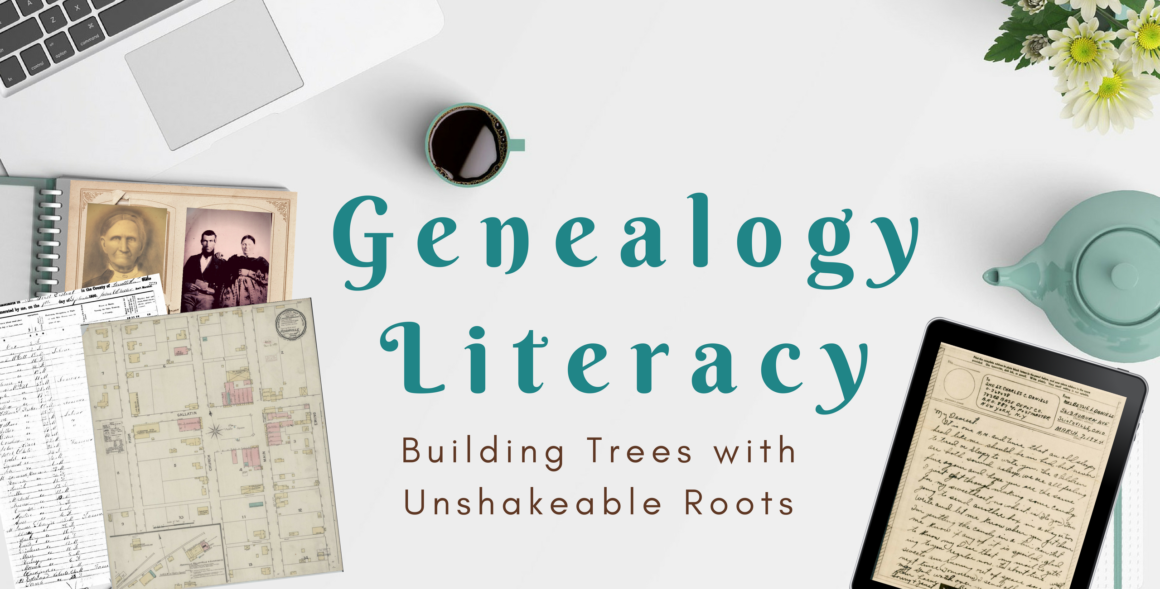




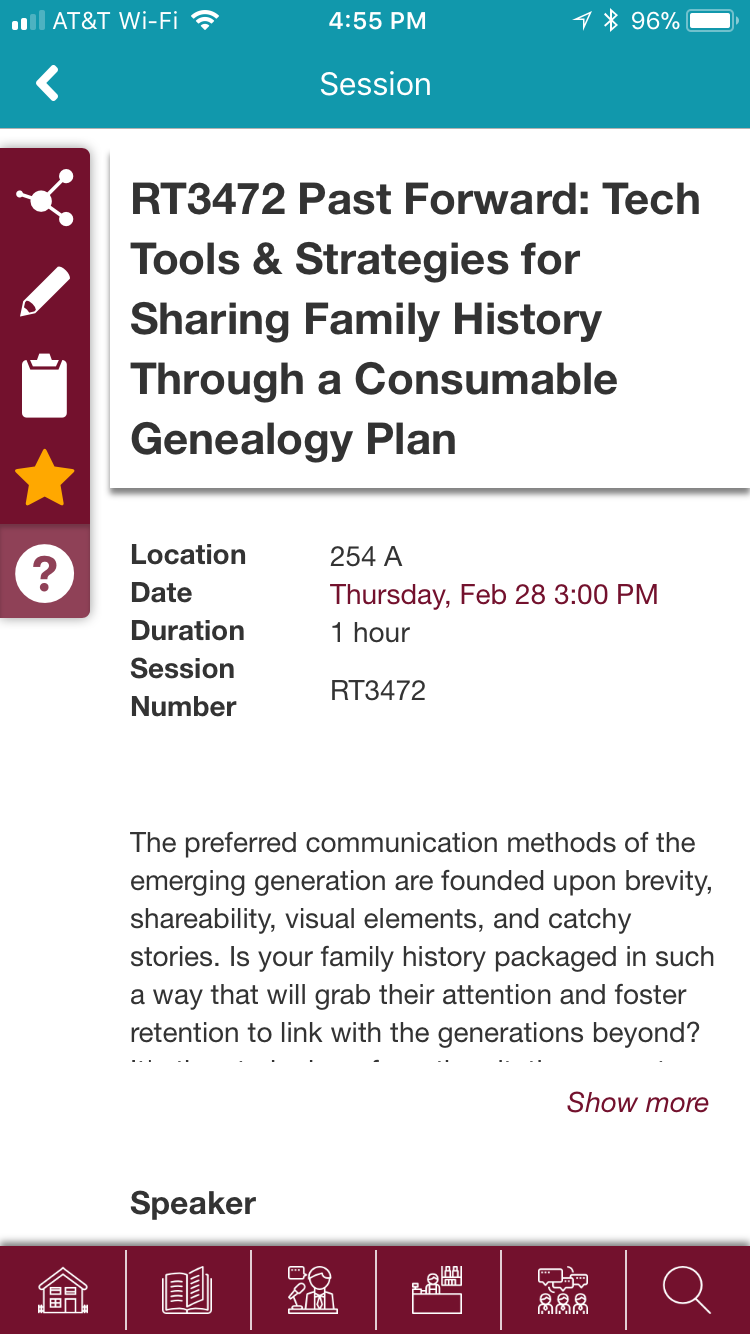 Use the App!! So much information in one little space – this is how you get to the syllabus material, schedule your session attendance, learn more about speakers/vendors, and keep updated on conference announcements. And don’t forget – they really want you to rate the sessions you attend through the app – it helps with next year’s planning, and determines whether your speaker receives any bonuses based on your rating. As a bonus, you can also make friends in the app, and learn about great places to eat.
Use the App!! So much information in one little space – this is how you get to the syllabus material, schedule your session attendance, learn more about speakers/vendors, and keep updated on conference announcements. And don’t forget – they really want you to rate the sessions you attend through the app – it helps with next year’s planning, and determines whether your speaker receives any bonuses based on your rating. As a bonus, you can also make friends in the app, and learn about great places to eat.

 aspect of RootsTech in the past, and some have given me a side eye, because they didn’t know what I was talking about – which is such a shame! From the very first year, these unconferencing sessions were implemented to encourage conversations – tech, genealogy, or both – programmers, genealogists, or hopefully both – all in rooms/booths they could schedule to talk about anything in the industry they wanted to cover. And this tradition has not wavered. In fact, this is one of my favorite things
aspect of RootsTech in the past, and some have given me a side eye, because they didn’t know what I was talking about – which is such a shame! From the very first year, these unconferencing sessions were implemented to encourage conversations – tech, genealogy, or both – programmers, genealogists, or hopefully both – all in rooms/booths they could schedule to talk about anything in the industry they wanted to cover. And this tradition has not wavered. In fact, this is one of my favorite things to do at RootsTech. The unconferencing sessions are along the North side of the Expo Hall. I will be hosting a session as a follow-up to my class on Consumable Genealogy – giving a live demo on using Canva and Pixabay – and there will be a couple of chat sessions about Genealogy in Second Life, hosted by the Second Life Virtual Genealogical Society – so be sure to check in at the unconferencing boards to plan out your participation.
to do at RootsTech. The unconferencing sessions are along the North side of the Expo Hall. I will be hosting a session as a follow-up to my class on Consumable Genealogy – giving a live demo on using Canva and Pixabay – and there will be a couple of chat sessions about Genealogy in Second Life, hosted by the Second Life Virtual Genealogical Society – so be sure to check in at the unconferencing boards to plan out your participation. THE Place to Bring Out Your Social Media ‘A’ Game! With all of the of the great tools at your fingertips, now is the time to hashtag it and post it – or storyboard it. You will connect with attendees and those attending from home. #rootstech #notatrootstech
THE Place to Bring Out Your Social Media ‘A’ Game! With all of the of the great tools at your fingertips, now is the time to hashtag it and post it – or storyboard it. You will connect with attendees and those attending from home. #rootstech #notatrootstech


 firmly in my path until I was able to strip away the whitewashing put in place to divert descendants from the truth.
firmly in my path until I was able to strip away the whitewashing put in place to divert descendants from the truth. So, we’ve all been taught about the FAN Club research method – Friends, Acquaintances, & Neighbors (or Family, Acquaintances, & Neighbors) – but can I get a show of hands how many of us actively search African American records for our white family surnames? When encountering that title on the shelf about AA cemeteries or marriages – if we don’t think our family is inside, do we just breeze on by? Years ago, I would have said, “yeah, guilty as charged.” But in the past decade or so, the desire to help bring families together through research has shifted my information gathering strategies, and I find myself in AA records on purpose to help connect people and better understand communities.
So, we’ve all been taught about the FAN Club research method – Friends, Acquaintances, & Neighbors (or Family, Acquaintances, & Neighbors) – but can I get a show of hands how many of us actively search African American records for our white family surnames? When encountering that title on the shelf about AA cemeteries or marriages – if we don’t think our family is inside, do we just breeze on by? Years ago, I would have said, “yeah, guilty as charged.” But in the past decade or so, the desire to help bring families together through research has shifted my information gathering strategies, and I find myself in AA records on purpose to help connect people and better understand communities. My brick wall began in neighboring Pendleton County. My 4th Great Grandfather, Samuel Cox, had married 3 women over his lifetime – the first two named Mary and the last named Barbary. With his estate division, Barbary was easy to identify, and even fill in her backstory as the former widow of a neighbor, Ross McCall. The other two Marys were much harder to distinguish. Over the previous generations, some family members had mixed up the women’s surnames. A divorce case for Mary #2 was able to identify her potential surnames (yes, she had more than a couple in the depositions), leaving the first Mary (my ancestor) with the pre-marriage surname of Dean. As my 4th Great Grandparents were not married in this area, we only knew her surname from the
My brick wall began in neighboring Pendleton County. My 4th Great Grandfather, Samuel Cox, had married 3 women over his lifetime – the first two named Mary and the last named Barbary. With his estate division, Barbary was easy to identify, and even fill in her backstory as the former widow of a neighbor, Ross McCall. The other two Marys were much harder to distinguish. Over the previous generations, some family members had mixed up the women’s surnames. A divorce case for Mary #2 was able to identify her potential surnames (yes, she had more than a couple in the depositions), leaving the first Mary (my ancestor) with the pre-marriage surname of Dean. As my 4th Great Grandparents were not married in this area, we only knew her surname from the 
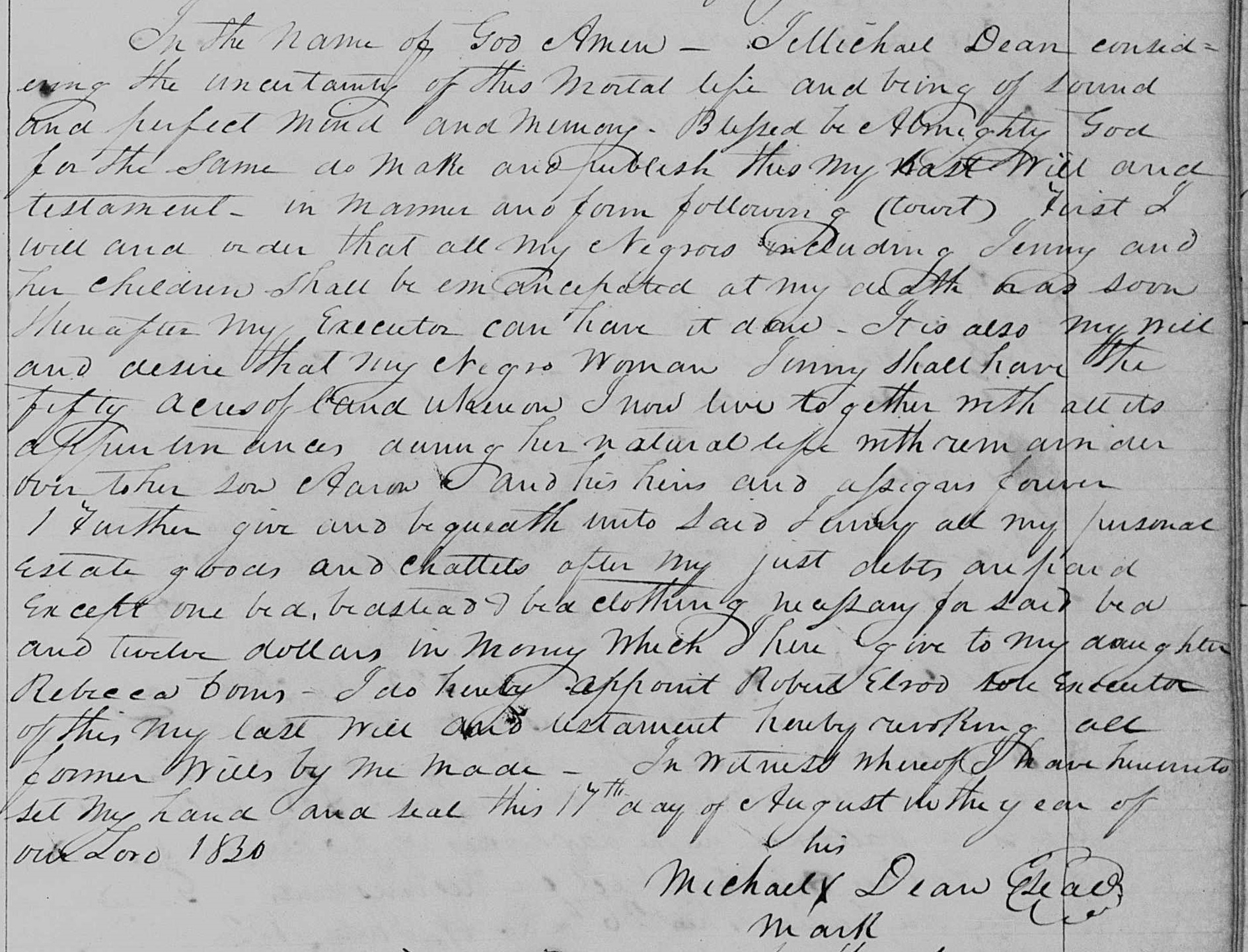


 Jenny’s children. Meaning that Aaron, Emily, and John Caesar would have been siblings or nieces/nephews to my Samuel and Mary. Did they care? Were they embarrassed by this? It was a very public action to free them, and Michael had done just that.
Jenny’s children. Meaning that Aaron, Emily, and John Caesar would have been siblings or nieces/nephews to my Samuel and Mary. Did they care? Were they embarrassed by this? It was a very public action to free them, and Michael had done just that. In the 1830 census – taken the same year that the emancipation was filed in Bracken County Court, my 4th great grandparents, Samuel and Mary, in neighboring Pendleton County, have a young man living in their household that is in the column: Free Colored Persons – Males, 10-24 in age. That little hashmark in this column gave me goosebumps. Is this the missing Aaron? I certainly hope so. If this is Aaron, there is a good likelihood that my grandparents were supportive of this emancipation action. If my speculation is correct, and Aaron is the son of Michael or Abel, then Mary had welcomed her newly freed brother or nephew into their home – and I’m guessing to offer protection. But why did no one ever tell us about this relationship?
In the 1830 census – taken the same year that the emancipation was filed in Bracken County Court, my 4th great grandparents, Samuel and Mary, in neighboring Pendleton County, have a young man living in their household that is in the column: Free Colored Persons – Males, 10-24 in age. That little hashmark in this column gave me goosebumps. Is this the missing Aaron? I certainly hope so. If this is Aaron, there is a good likelihood that my grandparents were supportive of this emancipation action. If my speculation is correct, and Aaron is the son of Michael or Abel, then Mary had welcomed her newly freed brother or nephew into their home – and I’m guessing to offer protection. But why did no one ever tell us about this relationship?


 So – despite the forest of unsourced trees on Ancestry – I will occasionally search for a branch in the hopes of stumbling across a tree with valid sources attached to follow in my own research. While searching for more information about Michael, I stumbled upon a tree that included Michael and his (what I believe to be) erroneous Scottish birth. I went down the line back towards Mary, his daughter and my 4th great grandmother, when I hit at something unexpected. Whomever created this tree went to Abel and then to a black family in Ohio with the surname of “Freeman”! One of the ancestors, Joseph Riley Freeman, in his marriage record lists his own surname as “Freeman” and his father’s name as A. Dean and his mother as Eliza Robinson. The creator of the Ancestry tree believed that “A. Dean” was Abel T. Dean of Bracken/Pendleton Counties and attached his family as thus. But what I think just happened – is that the family had an inherited narrative stating that they were descended from Abel Dean, but when a record came along listing A. Dean as the father, they jumped to Abel, missing Aaron entirely. I think the generation just got disconnected and lost. Michael’s son, Abel, was only ever married to Nancy Seay, never an Eliza Robinson. But Eliza sure sounds similar to Ellen, who was listed on the deed transfer of 1852.
So – despite the forest of unsourced trees on Ancestry – I will occasionally search for a branch in the hopes of stumbling across a tree with valid sources attached to follow in my own research. While searching for more information about Michael, I stumbled upon a tree that included Michael and his (what I believe to be) erroneous Scottish birth. I went down the line back towards Mary, his daughter and my 4th great grandmother, when I hit at something unexpected. Whomever created this tree went to Abel and then to a black family in Ohio with the surname of “Freeman”! One of the ancestors, Joseph Riley Freeman, in his marriage record lists his own surname as “Freeman” and his father’s name as A. Dean and his mother as Eliza Robinson. The creator of the Ancestry tree believed that “A. Dean” was Abel T. Dean of Bracken/Pendleton Counties and attached his family as thus. But what I think just happened – is that the family had an inherited narrative stating that they were descended from Abel Dean, but when a record came along listing A. Dean as the father, they jumped to Abel, missing Aaron entirely. I think the generation just got disconnected and lost. Michael’s son, Abel, was only ever married to Nancy Seay, never an Eliza Robinson. But Eliza sure sounds similar to Ellen, who was listed on the deed transfer of 1852. Obviously, I have a lot more work to do in order to confirm my surname change suspicions – and the rest of the story will depend on my findings. But the journey so far has been remarkable, and I can’t wait for the next chapter! My goal: Hugging my newly found cousins – if I can find them – and IF they want a hug (respecting their wishes, of course.)
Obviously, I have a lot more work to do in order to confirm my surname change suspicions – and the rest of the story will depend on my findings. But the journey so far has been remarkable, and I can’t wait for the next chapter! My goal: Hugging my newly found cousins – if I can find them – and IF they want a hug (respecting their wishes, of course.) We have got to practice a more robust and inclusive FAN Club approach! Because I’m going to be really frank here – How dare we ever consider our research to be thorough if we profess to practice the FAN approach and ignore a significant portion of our family’s community and familial network simply because of race?! If we alter our research approach to practice a fully inclusive strategy, there is a high likelihood that we will demolish a multitude of mutual brick walls, as well as unite long separated families and begin the process of telling a more accurate history of our communities and our country.
We have got to practice a more robust and inclusive FAN Club approach! Because I’m going to be really frank here – How dare we ever consider our research to be thorough if we profess to practice the FAN approach and ignore a significant portion of our family’s community and familial network simply because of race?! If we alter our research approach to practice a fully inclusive strategy, there is a high likelihood that we will demolish a multitude of mutual brick walls, as well as unite long separated families and begin the process of telling a more accurate history of our communities and our country.

 I lost almost 20 pounds, gradually, and even with the weather change, I have not gained anything back, and will gently continue my efforts to get out more, and look for opportunities to enhance this healthy alteration; Being gentle with myself, and not harsh when I take a break or indulge in a guilty treat – celebrating by encouraging myself to continue the good work, instead of internally chastising for a missed step. This approach is also a good rule of thumb concerning our research efforts – be gentle with ourselves, and celebrate our accomplishments along the way.
I lost almost 20 pounds, gradually, and even with the weather change, I have not gained anything back, and will gently continue my efforts to get out more, and look for opportunities to enhance this healthy alteration; Being gentle with myself, and not harsh when I take a break or indulge in a guilty treat – celebrating by encouraging myself to continue the good work, instead of internally chastising for a missed step. This approach is also a good rule of thumb concerning our research efforts – be gentle with ourselves, and celebrate our accomplishments along the way. Another area that caught my attention in 2018 was the amount of clutter in my home. With each house cleaning session, I made a point to throw away or remove via donation, a small amount of items which held no further meaning, neither intrinsic nor sentimental. Over the course of the year, I made 5 carload trips to Goodwill, and disposed of 7 large trash bags of paper junk. The end result: I was finally able to settle all of my family archives into their proper housing containers, and should any emergency occur, I can lay my hands on a few small boxes with the most important items. Now, when someone asks for a copy of a photo, I can go right to the proper location and digitize at will.
Another area that caught my attention in 2018 was the amount of clutter in my home. With each house cleaning session, I made a point to throw away or remove via donation, a small amount of items which held no further meaning, neither intrinsic nor sentimental. Over the course of the year, I made 5 carload trips to Goodwill, and disposed of 7 large trash bags of paper junk. The end result: I was finally able to settle all of my family archives into their proper housing containers, and should any emergency occur, I can lay my hands on a few small boxes with the most important items. Now, when someone asks for a copy of a photo, I can go right to the proper location and digitize at will. With the above accomplishment that evolved over the course of 2018, and while preparing similarly relevant material for my talk at
With the above accomplishment that evolved over the course of 2018, and while preparing similarly relevant material for my talk at 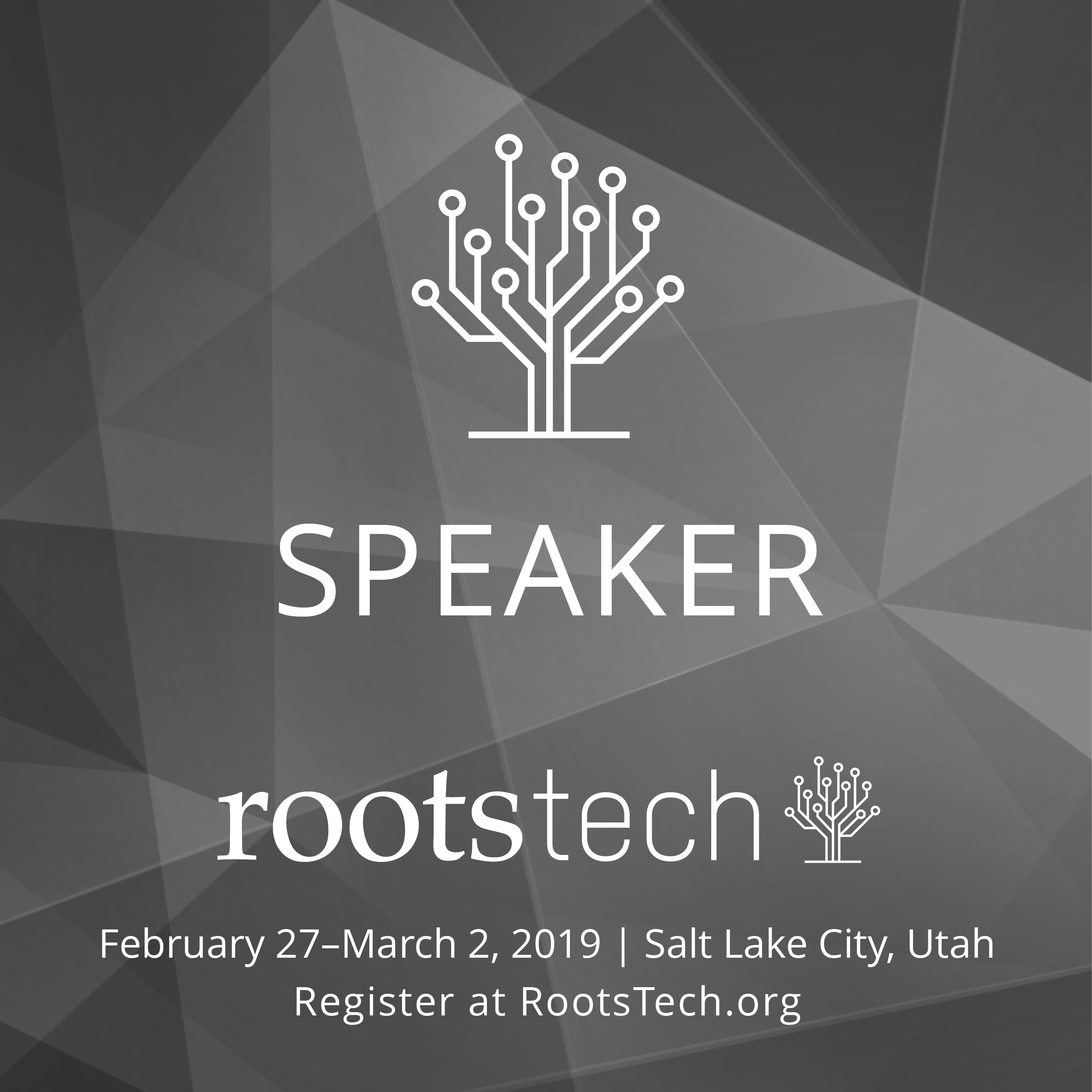 A sharing lifestyle is fluid and looks for a variety of sharing opportunities. My upcoming session at
A sharing lifestyle is fluid and looks for a variety of sharing opportunities. My upcoming session at 



 Which is why this soldier’s words made me catch my breath. When describing the rationale behind fighting to keep the system of slavery in place, it appears that there was no guilt associated with their belief – which was not a complete surprise, in its essence. But this lack of guilt was based on the actions of their ancestors. In his words:
Which is why this soldier’s words made me catch my breath. When describing the rationale behind fighting to keep the system of slavery in place, it appears that there was no guilt associated with their belief – which was not a complete surprise, in its essence. But this lack of guilt was based on the actions of their ancestors. In his words: We know our trees. We’ve been researching them for years – decades even. When examining the fabric of our family, we understand the complexity of the weave. And even though the guilt of slavery may not be on our generation, if we examine the fabric close enough, we can see the threads of our own guilt. We carry the guilt of our own generation. What does that guilt look like? It looks like apathy. It looks like an oblivious existence of comfort. It looks like trees without diversity – and trust me – if you have no diversity in your tree, you are not searching hard enough, or you are choosing to prune away the uncomfortably branches. DNA is lighting up our trees with colorful leaves that we did not know of, or we chose not to see due to that heavy fabric we kept as a blindfold.
We know our trees. We’ve been researching them for years – decades even. When examining the fabric of our family, we understand the complexity of the weave. And even though the guilt of slavery may not be on our generation, if we examine the fabric close enough, we can see the threads of our own guilt. We carry the guilt of our own generation. What does that guilt look like? It looks like apathy. It looks like an oblivious existence of comfort. It looks like trees without diversity – and trust me – if you have no diversity in your tree, you are not searching hard enough, or you are choosing to prune away the uncomfortably branches. DNA is lighting up our trees with colorful leaves that we did not know of, or we chose not to see due to that heavy fabric we kept as a blindfold.
 I am also increasingly disheartened by the low numbers of white folks attending programs or sessions presented on African American genealogy/history – and other non-anglo based classes for that matter. It is shameful how few attend these wonderful classes. Go ahead and tell yourself that you don’t attend because it doesn’t apply to your research or ancestry – go ahead – just try. Because that doesn’t wash! If your ancestors were here beyond one generation, let alone before the Civil War, your family was a part of that history. What if you can’t find a slave owner in your tree? Congratulations, but did your family benefit from the slave economy? Of course they did. That network/system was in place for generations, and your ancestors were a part of it, whether they actively traded in human flesh as a commodity or not. They chose a side in the War driven by slavery – do you really think their side of choice was simply due to geography? Of course not – the issues leading up to that war were numerous and important to most. The records used to research enslaved families involved white owner families – so take a positive step and attend more of these sessions! I guarantee you will learn something helpful about your own research, and are sure to learn more about how our families can connect on a deeper level!
I am also increasingly disheartened by the low numbers of white folks attending programs or sessions presented on African American genealogy/history – and other non-anglo based classes for that matter. It is shameful how few attend these wonderful classes. Go ahead and tell yourself that you don’t attend because it doesn’t apply to your research or ancestry – go ahead – just try. Because that doesn’t wash! If your ancestors were here beyond one generation, let alone before the Civil War, your family was a part of that history. What if you can’t find a slave owner in your tree? Congratulations, but did your family benefit from the slave economy? Of course they did. That network/system was in place for generations, and your ancestors were a part of it, whether they actively traded in human flesh as a commodity or not. They chose a side in the War driven by slavery – do you really think their side of choice was simply due to geography? Of course not – the issues leading up to that war were numerous and important to most. The records used to research enslaved families involved white owner families – so take a positive step and attend more of these sessions! I guarantee you will learn something helpful about your own research, and are sure to learn more about how our families can connect on a deeper level!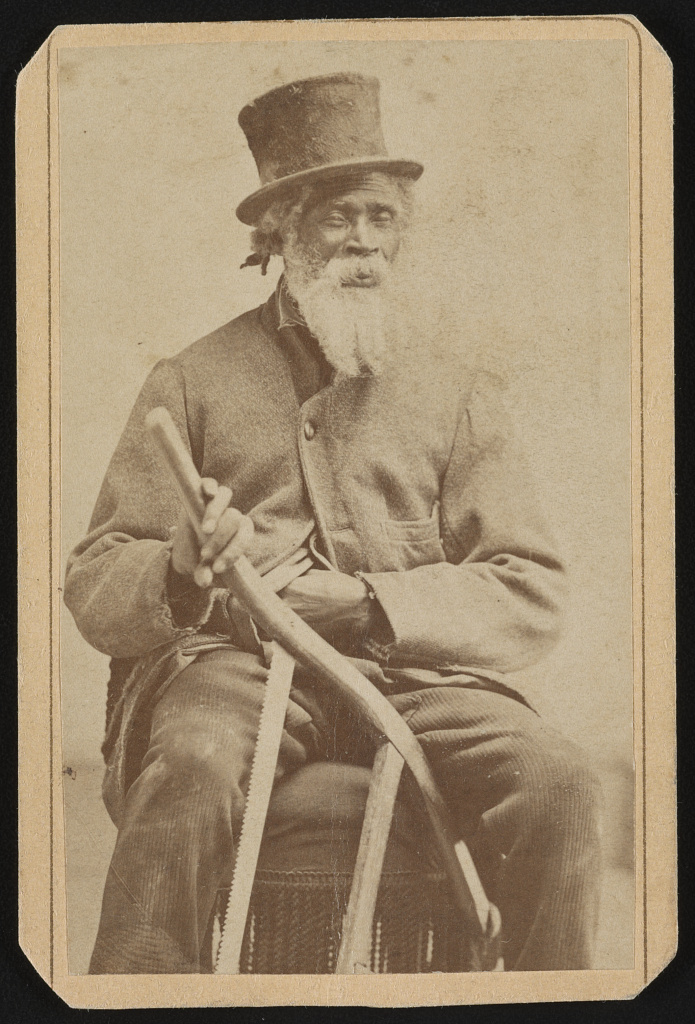 As speakers and genealogy teachers, we are quick to promote context as a way of understanding our ancestors’ lives and their motivations for life choices. If we continue to preach context and fail to promote digging into African American historical subjects, we are choosing to foster an atmosphere of division. How arrogant are we that we ignore the historical subjects of diverse American groups because we have arrogantly, and erroneously, determined that they do not fit into our family tree?
As speakers and genealogy teachers, we are quick to promote context as a way of understanding our ancestors’ lives and their motivations for life choices. If we continue to preach context and fail to promote digging into African American historical subjects, we are choosing to foster an atmosphere of division. How arrogant are we that we ignore the historical subjects of diverse American groups because we have arrogantly, and erroneously, determined that they do not fit into our family tree?



 Does her phone call remove my desire to help them? Not really, but it does allow me to analyze their requests with a much more knowledgeable eye. In the new book, Genealogy and the Librarian, there is a wonderful chapter by Katherine Aydelott from the University of New Hampshire, detailing her lengthy correspondence with an inmate, and how she helped him fill in a lot of his family tree – later discovering that they were 8th cousins (pg.203). But even with this rewarding research relationship, she advises that all correspondence should remain professional, and to adhere to your organization’s policies. In my library’s case, our policy clearly states we will not conduct research without pre-payment. Yes, we have bent the rules slightly when someone just needed a small piece of info that was easily provided – which fit well into my previous pattern of helping with one small page of info easily copied or printed out – but her phone call made me realize that even this small tidbit could have serious consequences.
Does her phone call remove my desire to help them? Not really, but it does allow me to analyze their requests with a much more knowledgeable eye. In the new book, Genealogy and the Librarian, there is a wonderful chapter by Katherine Aydelott from the University of New Hampshire, detailing her lengthy correspondence with an inmate, and how she helped him fill in a lot of his family tree – later discovering that they were 8th cousins (pg.203). But even with this rewarding research relationship, she advises that all correspondence should remain professional, and to adhere to your organization’s policies. In my library’s case, our policy clearly states we will not conduct research without pre-payment. Yes, we have bent the rules slightly when someone just needed a small piece of info that was easily provided – which fit well into my previous pattern of helping with one small page of info easily copied or printed out – but her phone call made me realize that even this small tidbit could have serious consequences.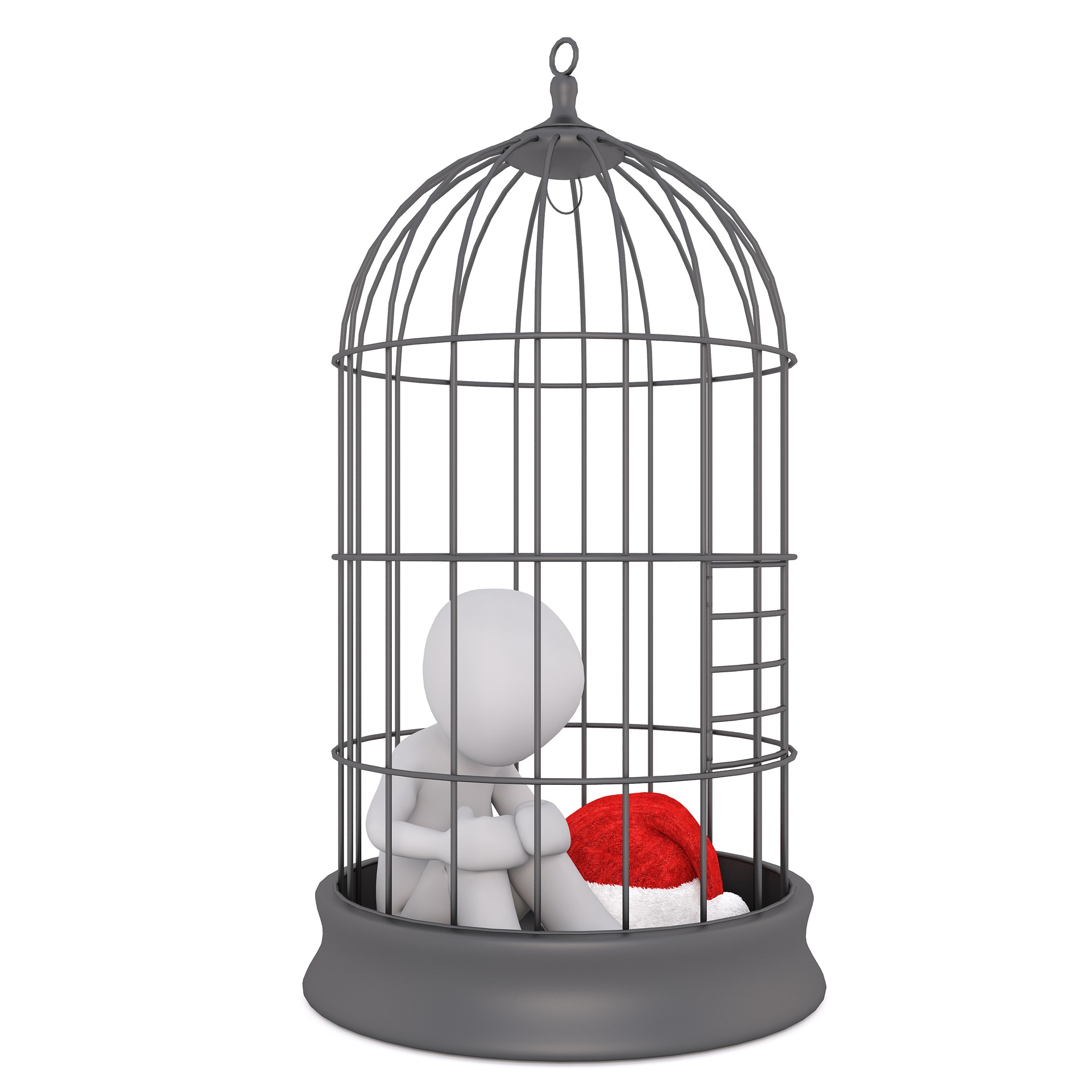

 As much as I hate to say this, it’s time we get smart and vet our memberships to Facebook Genealogy Groups. Just this morning I was scolded and publicly shamed in a very popular Facebook Genealogy group that contains over 16,000 members. My crime? Asking a poster (within a comment string) to consider sharing her state specific story with our state historical society publication – which happens to be a free educational resource for all – created and hosted by a government archival/artifact repository. Good grief!
As much as I hate to say this, it’s time we get smart and vet our memberships to Facebook Genealogy Groups. Just this morning I was scolded and publicly shamed in a very popular Facebook Genealogy group that contains over 16,000 members. My crime? Asking a poster (within a comment string) to consider sharing her state specific story with our state historical society publication – which happens to be a free educational resource for all – created and hosted by a government archival/artifact repository. Good grief! Unfortunately, my apology and clarification that this was not in their rules (because, you know, I researched their own rules list) simply fanned the flames, and it was apparent that, just like Caesar, the offense was declared, judgement and punishment were handed out and no words of defence would be accepted. So let it be written, so let it be done! Sorry folks, that is an environment that is contrary to the world of kindness I know to be genealogy.
Unfortunately, my apology and clarification that this was not in their rules (because, you know, I researched their own rules list) simply fanned the flames, and it was apparent that, just like Caesar, the offense was declared, judgement and punishment were handed out and no words of defence would be accepted. So let it be written, so let it be done! Sorry folks, that is an environment that is contrary to the world of kindness I know to be genealogy. The best genealogy groups are usually topic or location specific. Local genealogy groups by state or county are research/dialog rock stars! They provide invaluable insights to those of us who are out of town – a true “pay-it-forward” kindness in the form of “boots on the ground” volunteers. It is apparent that they love their community and want to share the historical/genealogical love. I have been the recipient of many acts of genealogy kindness from these research angels, which demonstrates the goodness and kindness of the genealogy community, and why Facebook is still a place to get some rock-solid advice and assistance.
The best genealogy groups are usually topic or location specific. Local genealogy groups by state or county are research/dialog rock stars! They provide invaluable insights to those of us who are out of town – a true “pay-it-forward” kindness in the form of “boots on the ground” volunteers. It is apparent that they love their community and want to share the historical/genealogical love. I have been the recipient of many acts of genealogy kindness from these research angels, which demonstrates the goodness and kindness of the genealogy community, and why Facebook is still a place to get some rock-solid advice and assistance.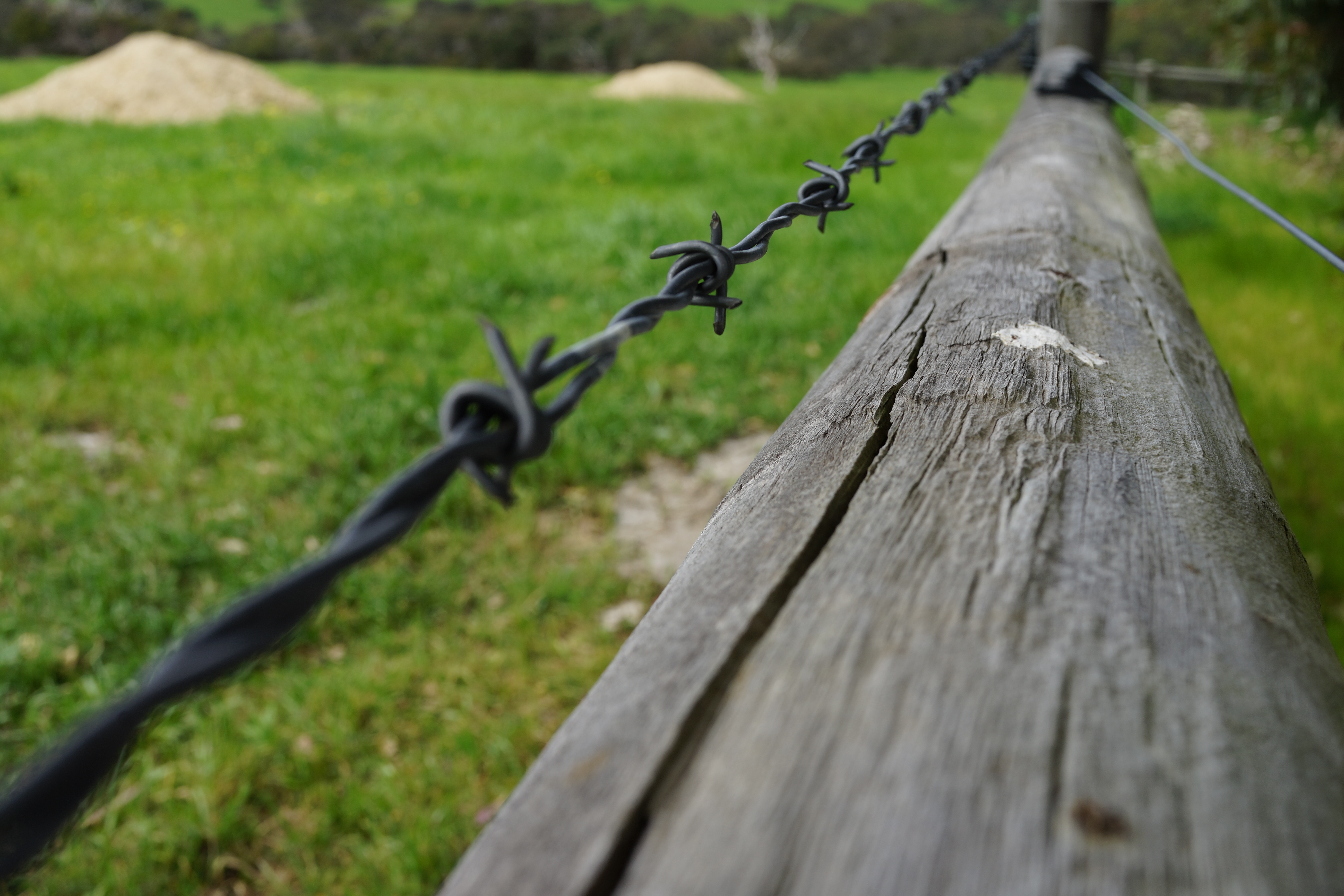 The least helpful groups out there are usually too broad in focus to provide much more than cute memes and a burgoo of stories that might be fun, or might be silly, but do not provide much educational advice or meaningful dialog. Their topics are so various that following along becomes mentally exhausting, with little educational meat to show for your efforts. In worst case scenarios, the atmosphere turns toxic, with rampant criticism, insults, shaming, bullying, which often begins with or is encouraged by the behavior of the admins.
The least helpful groups out there are usually too broad in focus to provide much more than cute memes and a burgoo of stories that might be fun, or might be silly, but do not provide much educational advice or meaningful dialog. Their topics are so various that following along becomes mentally exhausting, with little educational meat to show for your efforts. In worst case scenarios, the atmosphere turns toxic, with rampant criticism, insults, shaming, bullying, which often begins with or is encouraged by the behavior of the admins. When you become a new member, take a really close look around before engaging with the other members. Read all group policies or rules FIRST before commenting OR posting ANYTHING! Also, be sure to read the comments below these rules – they can be very telling. In the group that bullied me this morning, there was a telltale comment from another victim that had simply posted a small story about a relative that had died, which included a link to the obit. As she was grieving, she didn’t notice the link included a Go Fund Me section for family assistance. She was apologetic, but it was clear from the conversation that the admins would not back down on their rebuke. As she was clearly sad after losing a loved one, this admin behavior was particularly mean spirited. Of course, I didn’t see this until I started poking around after my own rebuke.
When you become a new member, take a really close look around before engaging with the other members. Read all group policies or rules FIRST before commenting OR posting ANYTHING! Also, be sure to read the comments below these rules – they can be very telling. In the group that bullied me this morning, there was a telltale comment from another victim that had simply posted a small story about a relative that had died, which included a link to the obit. As she was grieving, she didn’t notice the link included a Go Fund Me section for family assistance. She was apologetic, but it was clear from the conversation that the admins would not back down on their rebuke. As she was clearly sad after losing a loved one, this admin behavior was particularly mean spirited. Of course, I didn’t see this until I started poking around after my own rebuke. Go over the admin list, their genealogy backgrounds, and their past interactions among the group. I have been a FB group admin many times in the past, and I can tell you it’s a thankless job with many hours spent wrangling trolls and herding cats. But if the admins have no genealogical educational/professional background and they are truly hobbyists that do not help educate others, walk away quickly or their rule police will haul you away at any perceived infraction! Also a red flag: When they declare the group to be a “drama free zone” they’re not talking about themselves – just you! The admins can be as dramatic as they like, and you have no power against it – so again, leave quickly!
Go over the admin list, their genealogy backgrounds, and their past interactions among the group. I have been a FB group admin many times in the past, and I can tell you it’s a thankless job with many hours spent wrangling trolls and herding cats. But if the admins have no genealogical educational/professional background and they are truly hobbyists that do not help educate others, walk away quickly or their rule police will haul you away at any perceived infraction! Also a red flag: When they declare the group to be a “drama free zone” they’re not talking about themselves – just you! The admins can be as dramatic as they like, and you have no power against it – so again, leave quickly! Bye, Felicia! How many have seen this dismissal used within FB Group conversations? You will often see this used to dismiss anyone who chooses to disagree with the collective, or more importantly, the admins. The person who dares disagree, and voices their contradictory opinion is dismissed by the group as irrelevant – either just before they leave the group willingly, or are ejected. Make no mistake, this too is a form of bullying. It has become all too common among the hive mind of FB Groups. Whatever you do, do not upset the admins or the most powerful group participants! They surround the lone voice in order to silence it – rejoicing in their victory once the voice has been removed. Just like the Borg mind – Resistance is futile. The moral of this point in the story: once the group dislikes your contradictory stance, just leave. They aren’t worth your time – find a welcoming place that fosters a healthy collaborative environment. Oh, and just a reminder that healthy dialog includes diverse opinions.
Bye, Felicia! How many have seen this dismissal used within FB Group conversations? You will often see this used to dismiss anyone who chooses to disagree with the collective, or more importantly, the admins. The person who dares disagree, and voices their contradictory opinion is dismissed by the group as irrelevant – either just before they leave the group willingly, or are ejected. Make no mistake, this too is a form of bullying. It has become all too common among the hive mind of FB Groups. Whatever you do, do not upset the admins or the most powerful group participants! They surround the lone voice in order to silence it – rejoicing in their victory once the voice has been removed. Just like the Borg mind – Resistance is futile. The moral of this point in the story: once the group dislikes your contradictory stance, just leave. They aren’t worth your time – find a welcoming place that fosters a healthy collaborative environment. Oh, and just a reminder that healthy dialog includes diverse opinions. I know this post will not be popular – as it reminds us that even roses have thorns – and ignoring their presence does not prevent us from getting stuck. It is high time we recognize the other heinous part of Facebook beyond the privacy breaches: the bullying and abuse of power to silence diverse thought. More importantly, when the genealogical community has a hard time being civil to one another in this environment, it’s time to reevaluate our participation! Life is too short and the research too long to treat others in this fashion. There are so many wonderful Facebook Genealogy Groups out there – but proceed with caution and BE SELECTIVE – be kind, and if they throw you to the wolves, dust yourself off and find a healthy, welcoming genealogy space.
I know this post will not be popular – as it reminds us that even roses have thorns – and ignoring their presence does not prevent us from getting stuck. It is high time we recognize the other heinous part of Facebook beyond the privacy breaches: the bullying and abuse of power to silence diverse thought. More importantly, when the genealogical community has a hard time being civil to one another in this environment, it’s time to reevaluate our participation! Life is too short and the research too long to treat others in this fashion. There are so many wonderful Facebook Genealogy Groups out there – but proceed with caution and BE SELECTIVE – be kind, and if they throw you to the wolves, dust yourself off and find a healthy, welcoming genealogy space.
 There are so many reasons why this is my favorite genealogy conference, and I won’t get into all of them, but I will feature many as the conference draws closer. My relationship with RootsTech began with its inception in 2011. That year, my business partner was selected to present two tech sessions which planted the seeds of semantic web structures which we see in use throughout many of today’s family tree software products. After multiple brainstorming sessions with Family Search developers over dinner (at RootsTech, and previously at FGS in 2010), we could see the direction our future was about to take, and today, we all reap the benefits of that first year!
There are so many reasons why this is my favorite genealogy conference, and I won’t get into all of them, but I will feature many as the conference draws closer. My relationship with RootsTech began with its inception in 2011. That year, my business partner was selected to present two tech sessions which planted the seeds of semantic web structures which we see in use throughout many of today’s family tree software products. After multiple brainstorming sessions with Family Search developers over dinner (at RootsTech, and previously at FGS in 2010), we could see the direction our future was about to take, and today, we all reap the benefits of that first year!


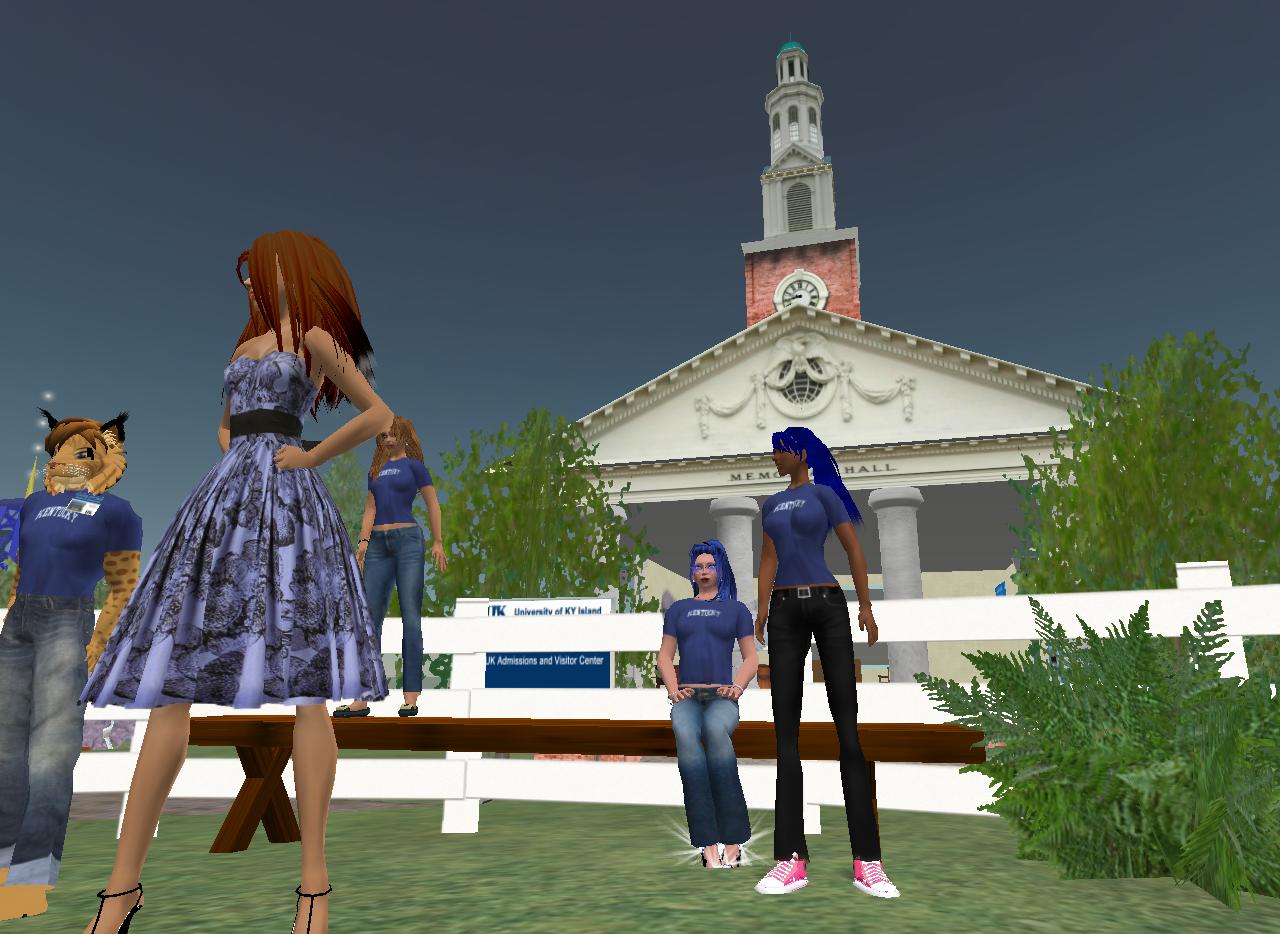
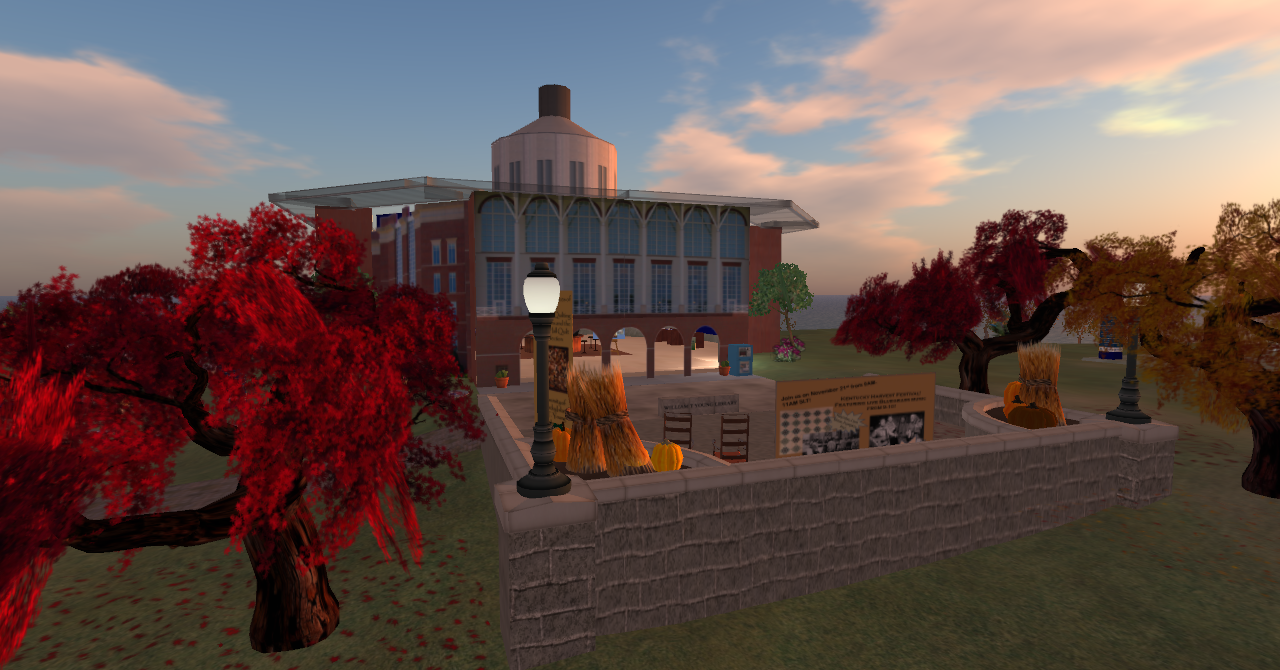








 In 2018, some of the land parcels in SL are not as populated as they used to be, but the activities and inspiring places are still around in abundance (and experiencing a resurgence, IMO) – with the graphics and animations getting better with each year. Some things have changed drastically in SL – such as bodies and clothing – although, you’ll see my avatar running around as a more basic model – I’ve had no time to get into some of the more advanced appearance options. And I will not lie to you – there is a significant learning curve to SL – even sitting, walking, flying, and putting clothes on can be complicated processes to navigate in tandem. But once you get the hang of it, I’m convinced you’ll really enjoy the experience.
In 2018, some of the land parcels in SL are not as populated as they used to be, but the activities and inspiring places are still around in abundance (and experiencing a resurgence, IMO) – with the graphics and animations getting better with each year. Some things have changed drastically in SL – such as bodies and clothing – although, you’ll see my avatar running around as a more basic model – I’ve had no time to get into some of the more advanced appearance options. And I will not lie to you – there is a significant learning curve to SL – even sitting, walking, flying, and putting clothes on can be complicated processes to navigate in tandem. But once you get the hang of it, I’m convinced you’ll really enjoy the experience.
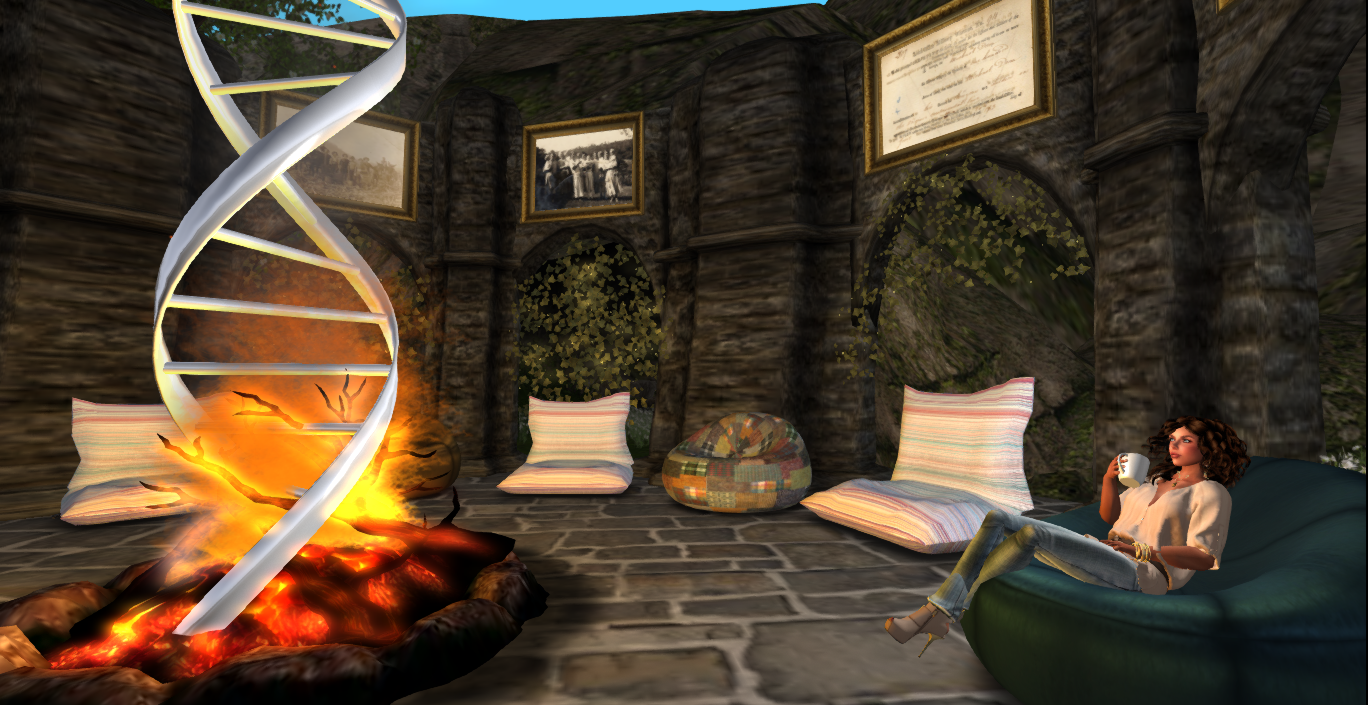


 My first attempt at a title for this post included a very naughty word: “My.” You see, this is the biggest obstacle when adding info to the
My first attempt at a title for this post included a very naughty word: “My.” You see, this is the biggest obstacle when adding info to the 
 In the end, things were just fine, but it made me realize that I needed to spend some extra time and watermark the ancestral photos that were held in my personal collection. Once you upload a photo, people can move them around, but from now on, I will add a watermark that identifies the ancestor, as well as the current owner of the original (maybe not my full name, but initials and surname, or some such configuration – and maybe not a label that can be trimmed off.) Also, add a note as you upload to go with the photo – listing you as the owner, or where you got the copy. It’s the least we can do as an attempt to keep the right photo with the right person.
In the end, things were just fine, but it made me realize that I needed to spend some extra time and watermark the ancestral photos that were held in my personal collection. Once you upload a photo, people can move them around, but from now on, I will add a watermark that identifies the ancestor, as well as the current owner of the original (maybe not my full name, but initials and surname, or some such configuration – and maybe not a label that can be trimmed off.) Also, add a note as you upload to go with the photo – listing you as the owner, or where you got the copy. It’s the least we can do as an attempt to keep the right photo with the right person.

 Moral of the story – Beef up the profiles, be kind, but be thorough, and don’t be afraid to communicate why you would like an element to stay. Collaboration is a GOOD THING! So far, people have been relatively nice about things if you reasonably explain the source behind a piece of information. Although, I have been tough on some lines, and chopped off a branch that ran wild with completely unsourced info – I detached with a notice that said “Please do not add parents of this person without citing a source – there are many theories out there, but no proof has been yet uncovered.” It’s a wonderful PSA to remind people about citing sources and the GPS – even if it is one little message at a time.
Moral of the story – Beef up the profiles, be kind, but be thorough, and don’t be afraid to communicate why you would like an element to stay. Collaboration is a GOOD THING! So far, people have been relatively nice about things if you reasonably explain the source behind a piece of information. Although, I have been tough on some lines, and chopped off a branch that ran wild with completely unsourced info – I detached with a notice that said “Please do not add parents of this person without citing a source – there are many theories out there, but no proof has been yet uncovered.” It’s a wonderful PSA to remind people about citing sources and the GPS – even if it is one little message at a time. a genealogy villain (misinformation) terrorizing a village with no superheroes to combat their dirty deeds. Just like indexing, I think we have a responsibility to dive headlong into the forest and make it a better place – with a myriad of opportunities to educate about resources as we go along.
a genealogy villain (misinformation) terrorizing a village with no superheroes to combat their dirty deeds. Just like indexing, I think we have a responsibility to dive headlong into the forest and make it a better place – with a myriad of opportunities to educate about resources as we go along.